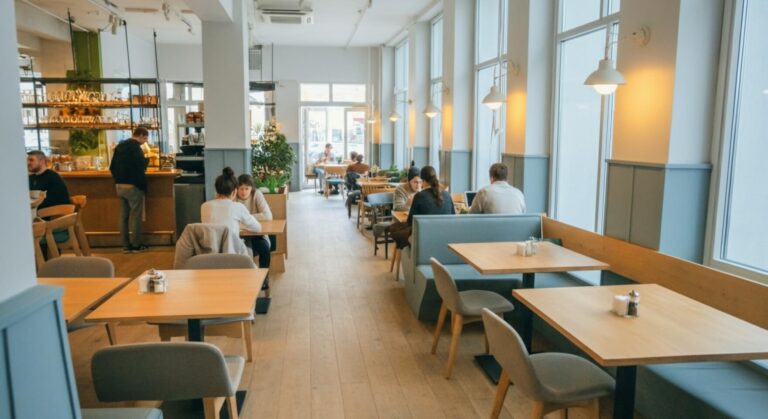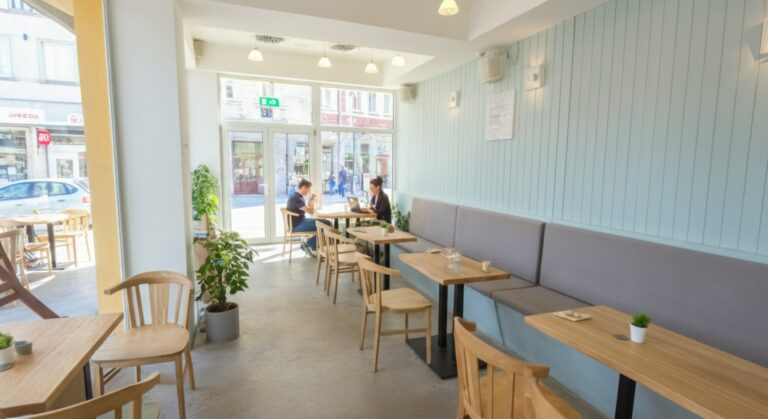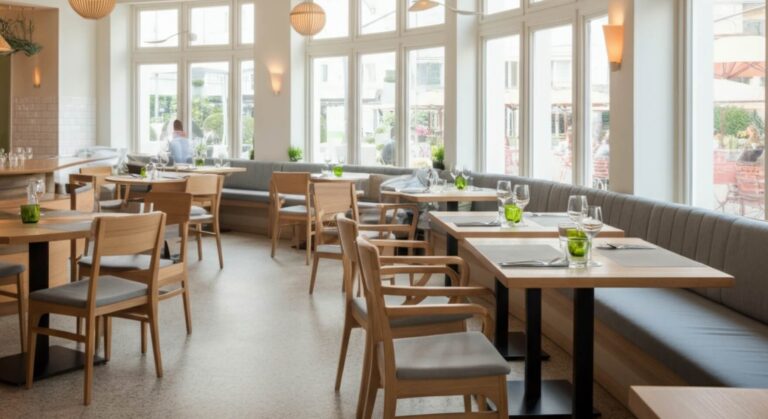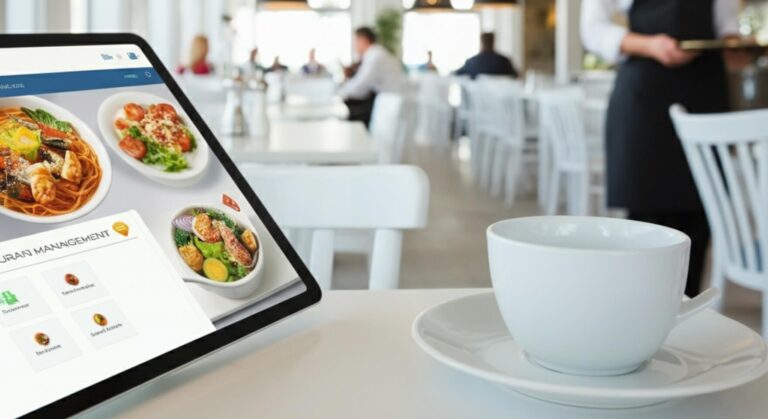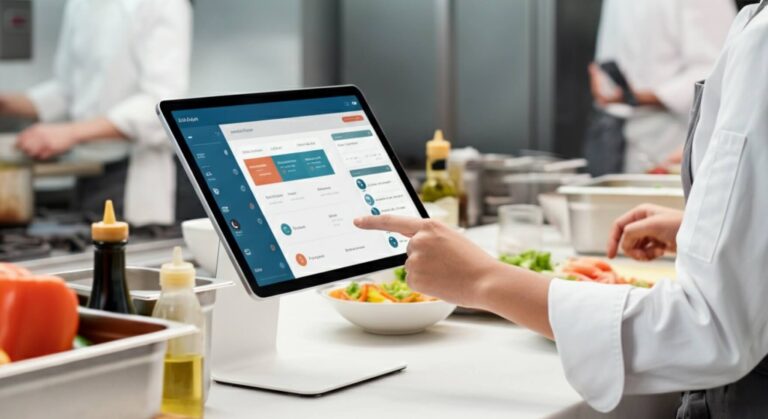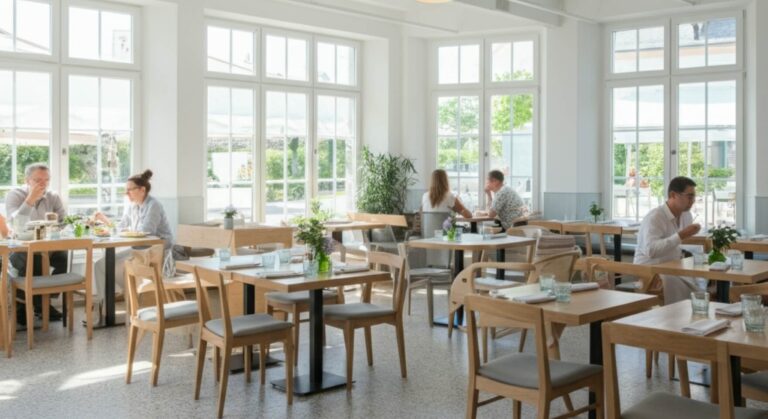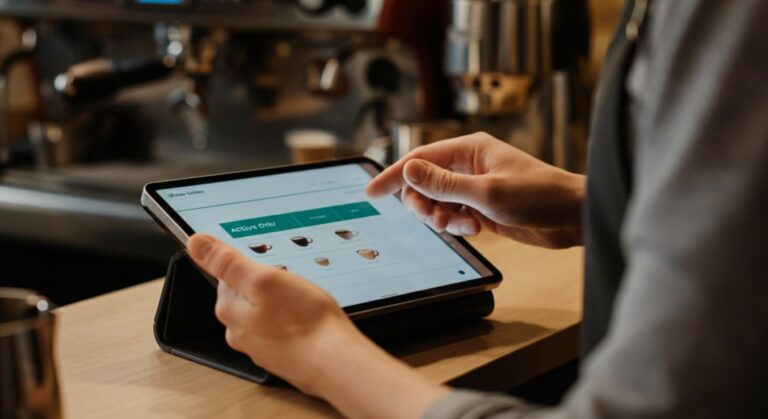
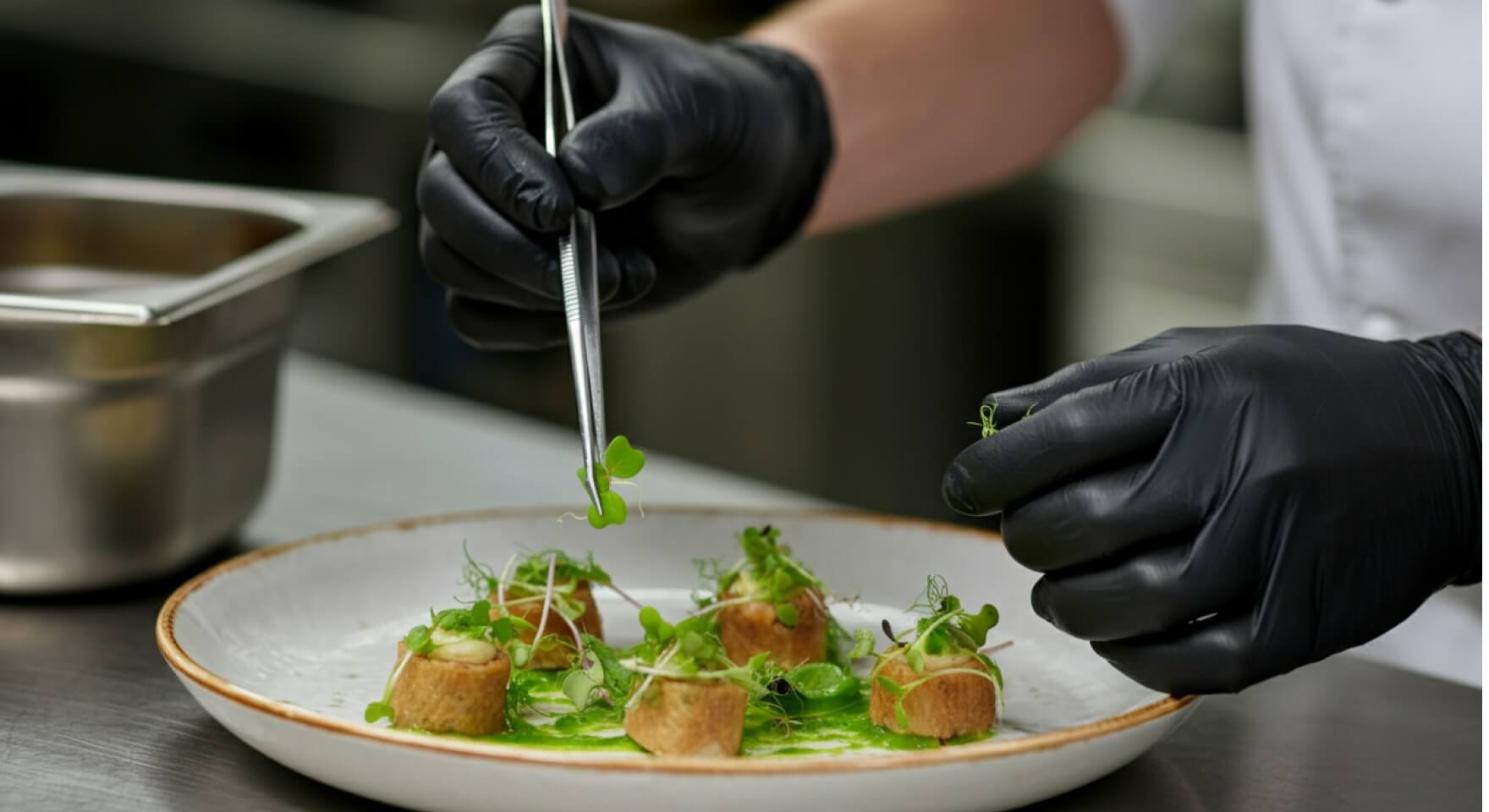
Remember that old notebook where you tried to balance debits and credits by hand, figure out where three kilograms of salmon disappeared to, and why the revenue doesn’t add up again? If so, you know that manual accounting in the restaurant business is a direct path to chaos and lost profits. But the very thought of automation scares many: it’s complicated, expensive, and confusing.
In reality, getting your numbers in order is easier than it seems. You don’t need to build a spaceship right away. Just take three confident steps. Let’s break them down one by one.
Restaurant Automation: Where to Start?
Step 1: Automation System – The Right POS System
Forget the old cash register. A modern CRM system for coffee shop is the nerve center of your entire establishment. This is where true restaurant automation begins. It’s not just a machine for printing receipts, but a powerful tool that connects the dining room, kitchen, and bar into a single organism.
Imagine: a waiter takes an order on a tablet, and it instantly appears on the kitchen printer and at the bartender’s station. No shouting, no lost slips of paper, and no mistakes. This speeds up the order processing and directly impacts the quality of service.
The right software for a restaurant or cafe allows you not only to accept payments but also to:
- Integrate with a fiscal registrar to comply with legislation.
- Collect data for analytics: peak hours, popular dishes, the work efficiency of each employee.
- Become the basis for a loyalty program by linking discounts to specific guests.
The choice of software here is key. Don’t go for the cheapest option. Look for flexible automation solutions that are right for your business, whether it’s a small cafe or restaurant, or an entire chain.
Automation Software for Restaurant Accounting
Step 2: Management Software for Cafes and Restaurants – Automating Restaurant Accounting
So, you have a smart POS system. The next step is to organize your inventory. Restaurant accounting automation works wonders here. This is the most painful point for many restaurant owners, as the main losses are hidden in the warehouse.
An accounting program integrated with your cash register works like this:
- You create recipe cards for each dish.
- When an item is sold through the POS, the accounting system automatically deducts the required amount of ingredients from the inventory.
- You see stock levels in real-time and receive notifications when products are running low.
Such a restaurant automation system kills several birds with one stone. You stop losing money on theft and spoilage, procurement optimization becomes easier, and you always know the exact food cost of each dish. Accounting transforms from a headache into a transparent and controlled process. There are different programs for restaurants, but the essence is the same: the accounting software must give you full control.
Step 3: Restaurant Management Control and Accounting Software on a Tablet
Automating a restaurant’s operations would be incomplete without controlling its most valuable asset—the team. This isn’t about total surveillance, but about an objective assessment of efficiency. Modern restaurant software includes modules for time tracking. You always know who came in, left, and how many hours they worked.
But the main treasure that an automation system provides is analytics. A good program for cafes and restaurants compiles all the data into a clear report. With the software, you can analyze:
- Sales by hour, day, and employee.
- Average check and its dynamics.
- The most profitable and unprofitable items on the menu.
These numbers are your compass in the world of food service. They help you make informed decisions instead of acting blindly. You can see which staff members bring in more revenue, which promotions work, and which don’t. This allows you to increase work efficiency and streamline the entire operation of the establishment.
Implementing an accounting system is not a one-time project, but a transition to a new level of restaurant management. You can start small, gradually building the restaurant and accounting system to fit your needs. It doesn’t matter what you want to automate, a small cafe in Ukraine or a chain of fast-food restaurants, the principles remain the same.
Automation of cafes and restaurants is not a fashion trend, but a necessity. It frees up your time from routine, gives you full control over your finances, and helps improve the quality of service. Ready to take the first step towards full control over your business? You’ll be pleasantly surprised by the Syrve price!

